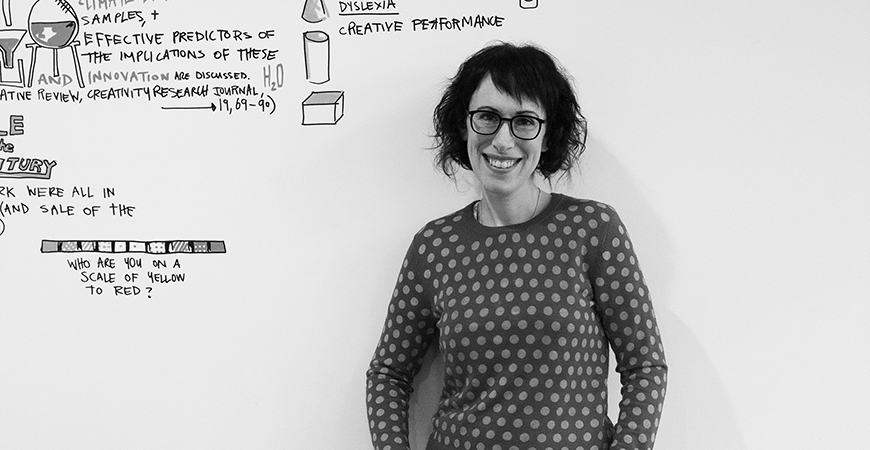5 Ways to Create a Culture of Innovation

Creating a culture in which innovation thrives is a challenging but critical task for leaders. While it’s easy to look at organisations such as Google and conclude that having beanbags in meeting rooms and foosball tables in the kitchen may play a big role, the scientific research into the key drivers of innovation culture actually tells a different story.
Following are five of the most impactful drivers of an innovation culture.
 Challenge – and finding the right level of it
Challenge – and finding the right level of it
Research has shown that feeling a strong sense of challenge in one’s work is a critical driver of innovation. Challenge refers to people working on tasks that are complex and interesting — yet at the same time not overly taxing or unduly overwhelming.
It is important that you don’t simply think about how to give people (including yourself!) the biggest possible challenge. Instead you should ensure that the level of challenge you set is one that is achievable. On the flip side, don’t set tasks that people can complete with their eyes closed.
As a manager, take time to thoughtfully consider how you allocate tasks and projects to people. Ensure that you are matching these elements so that people feel a significant sense of challenge.
 Risk-taking – and failure not being seen as a dirty word
Risk-taking – and failure not being seen as a dirty word
The notion of failure being unacceptable is one I have found resonates with many organisations. Failure is generally thought of as a dirty word, and something that gets swept under the carpet when it does rear its ugly head. But being able to acknowledge and learn from failure is a huge part of building a culture where risk-taking is tolerated and where innovation can thrive.
As a leader, think about ways you can signal that risk-taking is an acceptable part of business. Talk openly about failures and what can be learnt from them with your team.
 Experimentation before implementation
Experimentation before implementation
When thinking about how your company approaches innovation, ensure that experimentation is a mandatory step. Rather than just going straight from idea to implementation, you should first run experiments. This involves setting hypotheses as to why you believe an idea will add value to the customer and creating a minimum viable product (MVP) – the most basic version of the idea that will still allow for learnings. You can then set up an experiment to test your hypotheses using the MVP and based on the results, iterate or change course accordingly. Experimentation is a very effective way to help reduce the risk of new innovations.
 Autonomy – loosening the reigns
Autonomy – loosening the reigns
Many researchers have found that creativity is dramatically enhanced when people are given the freedom to decide how they do their jobs. When people feel as if they have a choice in how things can be done they are significantly more likely to engage in trial and error and, through this, find more effective ways of doing things. Just be sure to set clear goals, as the autonomy effect is strongest when people are clear on what you want them to achieve.
 Debate – and welcoming all views
Debate – and welcoming all views
One of the factors that has been identified as critical for creating a culture where innovation thrives is ensuring that different points of view are encouraged and that ideas are regularly debated. Lead by example and encourage others to debate and discuss ideas that you bring to the table – actively encouraging different view points will strengthen your innovations significantly.
In addition, avoid the temptation to recruit people who are just like you—doing so will only discourage debate and encourage homogeneity of thinking.
Join Amantha along with other leading Talent Management leaders including Ambrosia Vertesi, Matthew Jeffery and Carol Corzo at the Australasian Talent Conference 2016. See full agenda and purchase tickets here.

Related articles
Leave a Reply
Sign up to our newsletter
Get a weekly digest on the latest in Talent Acquisition.
Deliver this goodness to my inbox!


